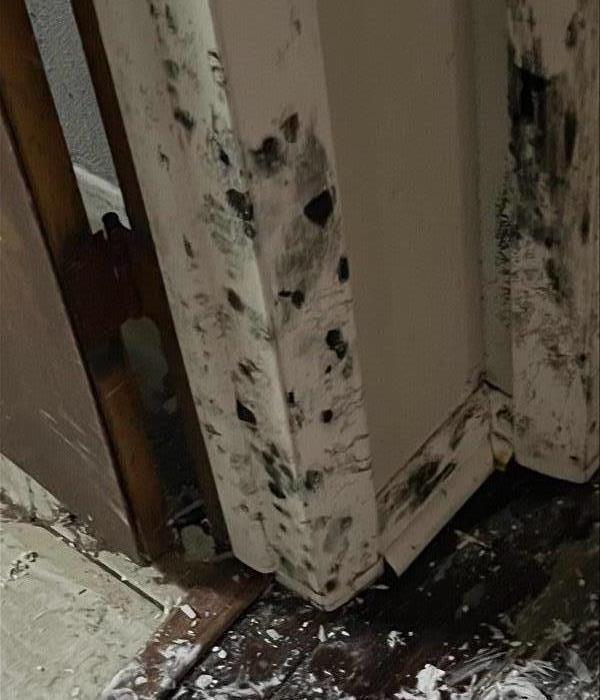Understanding the Connection Between Water Damage and Mold
7/17/2024 (Permalink)
Water damage and mold often go hand in hand. When water infiltrates your home, it creates the perfect environment for mold growth. Understanding this link can help you take proactive steps to prevent mold after experiencing water damage. In this blog, we will discuss how water damage leads to mold growth, the importance of quick action, and tips to prevent mold development.
How Water Damage Leads to Mold Growth
Mold thrives in damp, humid environments. When water damage occurs, whether from a burst pipe, flooding, or a leaking roof, it introduces moisture into your home. Here’s how this process unfolds:
- Moisture Accumulation
When water enters your home, it seeps into porous materials like wood, drywall, and carpeting. These materials absorb water, creating a moist environment that is ideal for mold spores to settle and grow. Moisture accumulation is the first and most crucial step in mold formation. If left unchecked, these damp materials can support extensive mold colonies.
- Humidity Increase
Water damage often leads to increased humidity levels in your home. High humidity creates condensation on surfaces, adding to the moisture content. Mold needs only 24-48 hours to start growing in such conditions. Even small increases in humidity can create a conducive environment for mold, particularly in enclosed spaces like basements, attics, and behind walls.
- Lack of Ventilation
Water-damaged areas often suffer from poor ventilation. Stagnant air prevents moisture from evaporating, allowing mold to take hold and spread. Proper ventilation is key to drying out water-damaged areas and preventing mold growth. Without adequate airflow, damp areas remain wet for longer periods, allowing mold spores to grow and spread.
- Temperature Conditions
Mold grows best in warm temperatures, typically between 77°F and 86°F (25°C to 30°C), but it can grow in a wide range of temperatures. After water damage, if the temperature in your home is within this range, mold growth can accelerate. Controlling indoor temperatures can be a crucial factor in mitigating mold risk.
- Time Factor
Mold can begin to grow within 24-48 hours after water damage occurs. The longer the water remains, the more extensive the mold growth can become. Immediate action is crucial to prevent mold from taking hold. Quick drying and dehumidifying are essential to reduce the window of opportunity for mold growth.
- Organic Materials
Homes are filled with organic materials that mold can feed on, such as wood, paper, and certain types of insulation. When these materials get wet, they provide the nutrients mold needs to thrive. Ensuring these materials are dried thoroughly and quickly is vital in preventing mold proliferation.
The Importance of Quick Action
Quick action is crucial when dealing with water damage. The longer the water sits, the more likely mold will develop. Here are some reasons why an immediate response is essential:
- Preventing Mold Growth: Acting quickly can prevent mold spores from germinating. Drying out the affected areas within 24-48 hours significantly reduces the chance of mold growth.
- Reducing Damage: Prompt water removal and drying help minimize damage to your property. The less damage there is, the easier and cheaper it is to repair.
- Preserving Structural Integrity: Mold can compromise the integrity of your home’s structure, leading to costly repairs and safety hazards. Quick action ensures your home remains safe and structurally sound.
Understanding the link between water damage and mold is crucial for homeowners. Quick action and effective preventive measures can make a significant difference in preventing mold growth after water damage. If you experience water damage, acting quickly to remove water, dry affected areas, and monitor humidity levels can help keep your home mold-free. For severe water damage or mold issues, consider contacting a professional service like SERVPRO of Marina Del Rey/Westchester/El Segundo for expert assistance. Taking these steps ensures a safer, more comfortable living environment and protects your property from further damage.

 24/7 Emergency Service
24/7 Emergency Service
